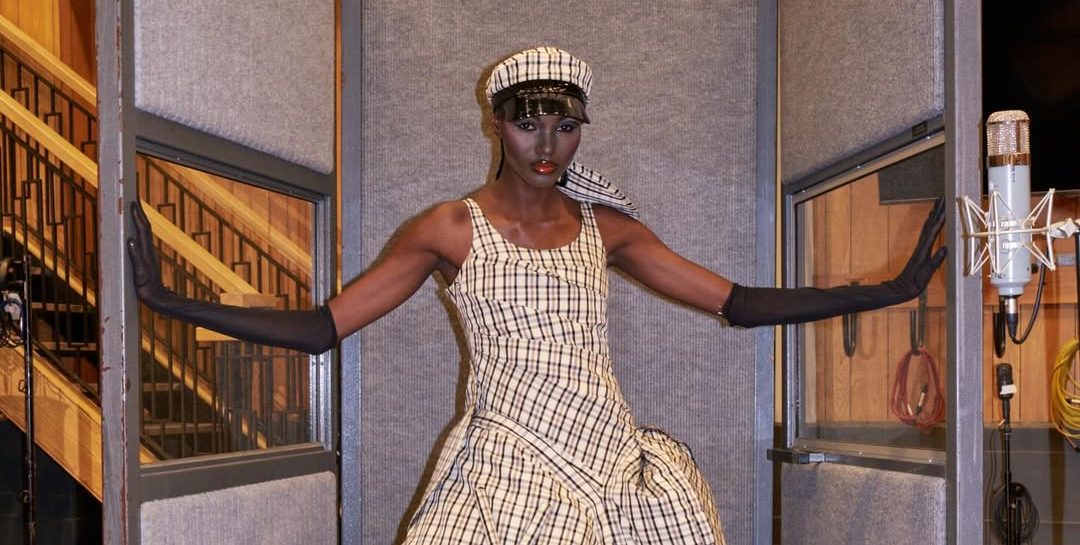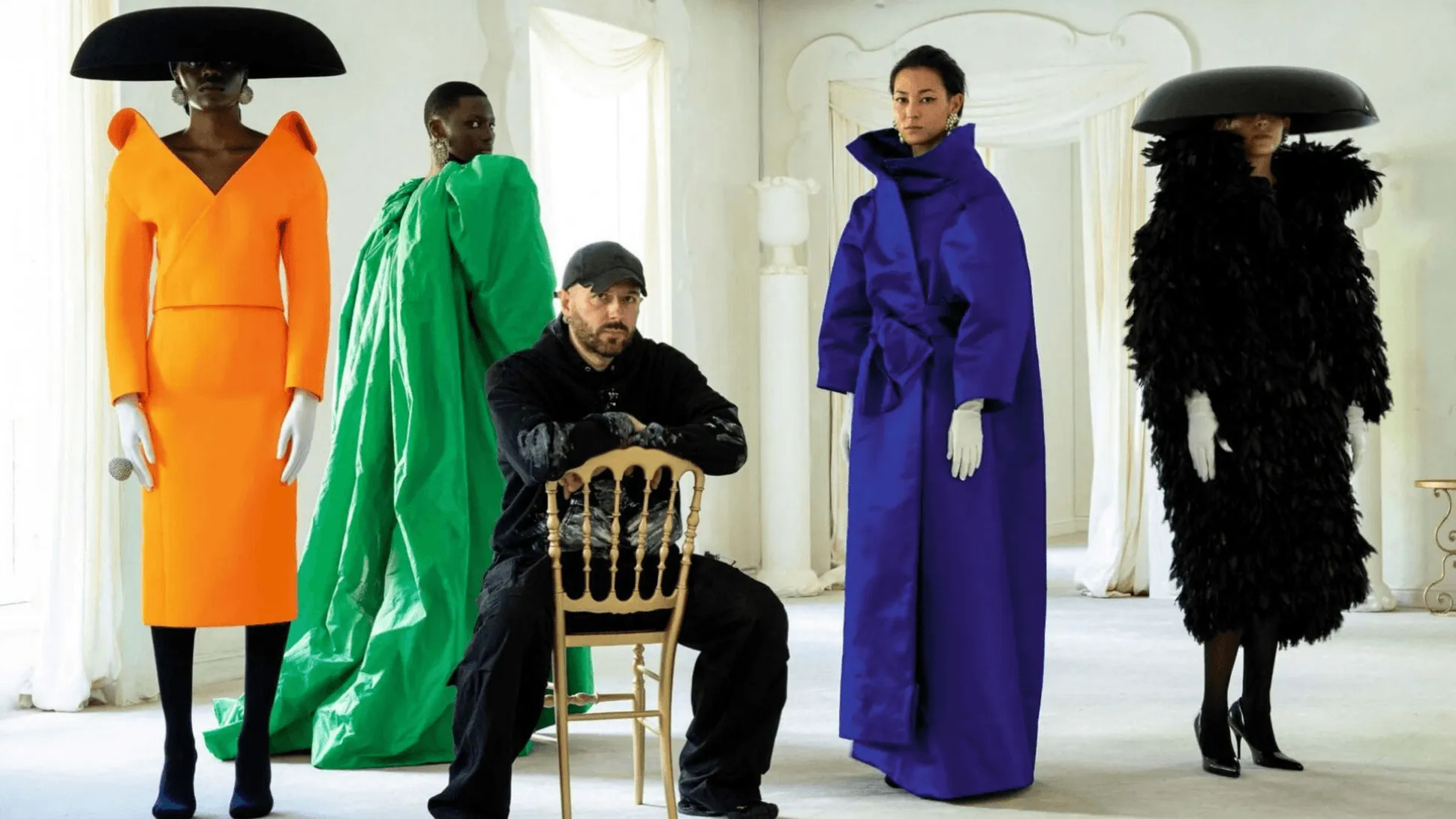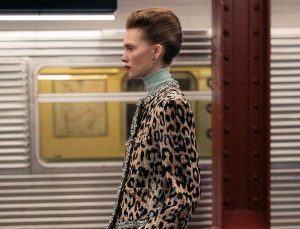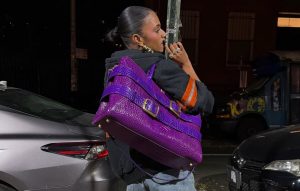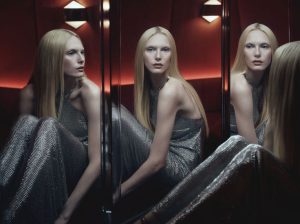As London Fashion Week temporarily fades from the spotlight, British creativity continues to thrive with strength and inventiveness. Martine Rose and Charles Jeffrey embody a fashion freed from convention, blending exuberance with social satire. Meanwhile, at Central Saint Martins, the new generation is sketching out a future that’s as bold as it is political. Fashion in London doesn’t follow the rules, it challenges them.
Martine Rose: Outside the Frame, at the Heart of Change
Last season, Martine Rose left London for Milan. This time, she’s back but on her own terms, true to her way of rewriting the rules. While London Fashion Week was officially put on pause, the designer chose to present anyway. One T-shirt from her collection bore a message that echoed the moment: “Everything Must Change.” A statement of intent, perhaps, fashion must evolve, and so must London Fashion Week.
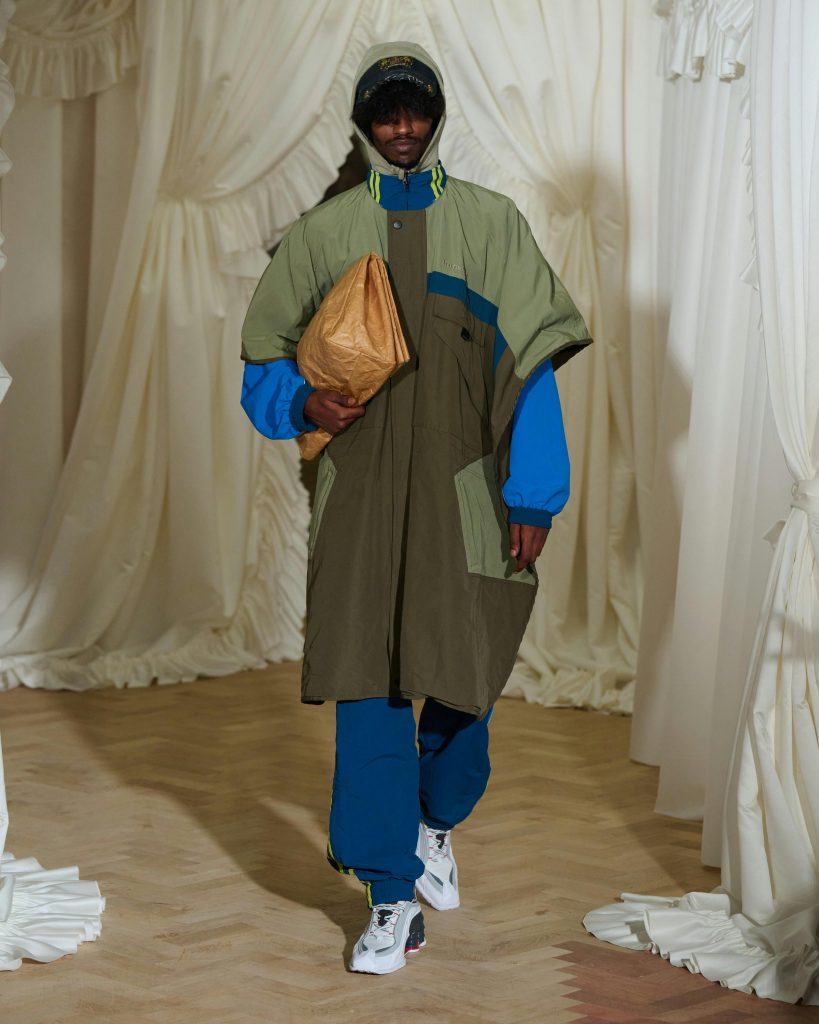
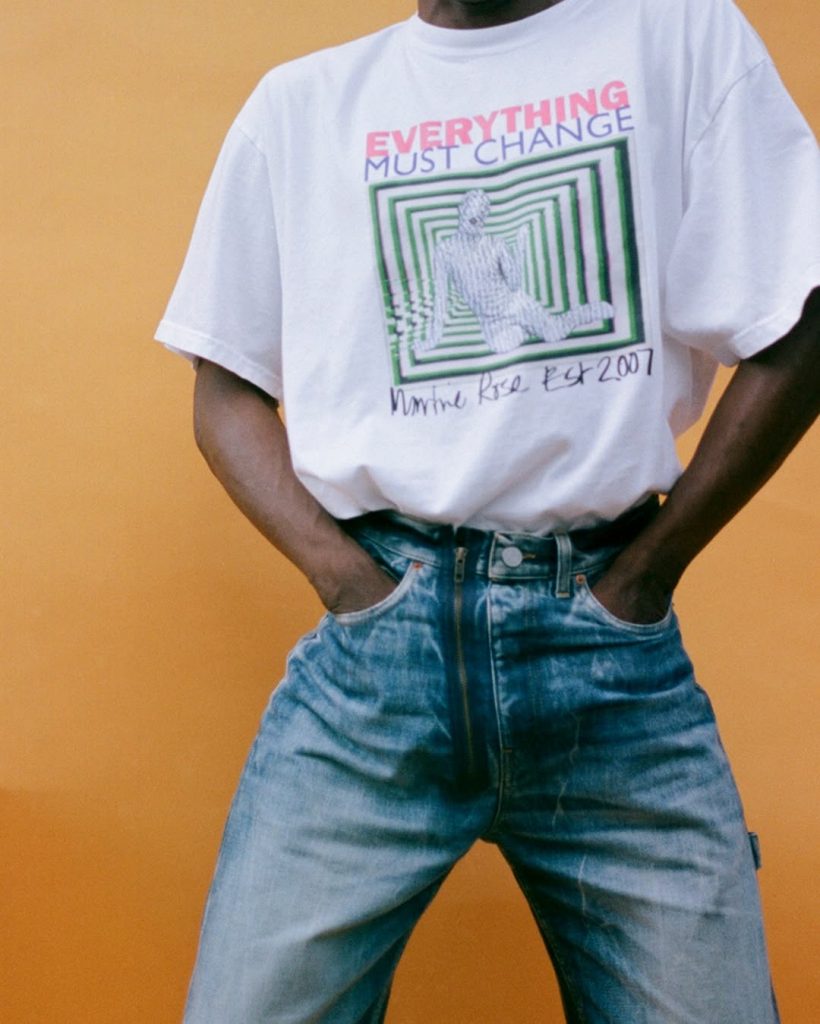
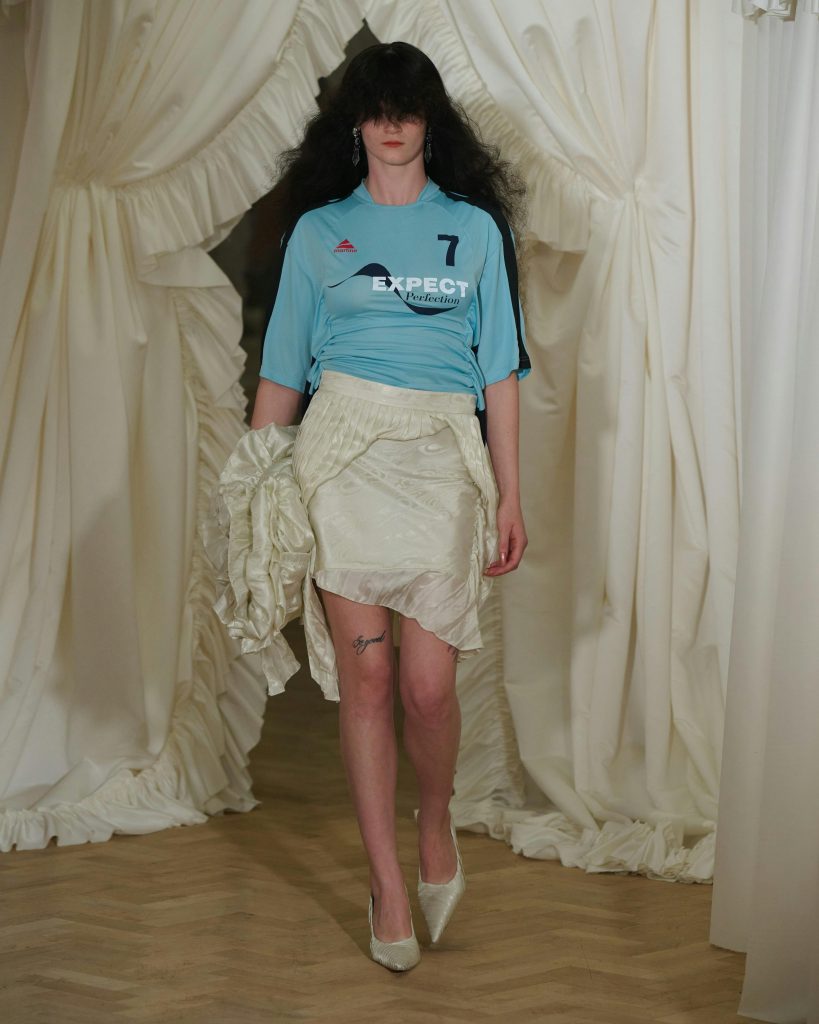
Before the show, guests walk through a space transformed into a community hall, filled with record stalls, clothing racks, and magazine stands. More than just a runway show, Martine Rose offers a gathering. A moment of collective creation. A compelling blueprint for rethinking the future of the British fashion scene, echoing the spirit of Marseille’s recent Slow Fashion Week.
On the runway, the silhouettes embody a masculinity in flux: micro-shorts and football socks, long curly ’80s-style hair. Everyday items are reimagined, brown paper bags shared by two models evoke both the customer and the delivery driver; retro Nike Shox make a comeback; ruffled football jerseys are paired with sharp stilettos. A true gallery of characters, somewhere between urban reality and stylised fantasy.
Martine Rose doesn’t just put on a show, she proposes a new system, rooted in community and the subversion of established codes.
The controlled chaos of Charles Jeffrey
In the legendary Abbey Road studios, Charles Jeffrey draws inspiration from the site’s rich history and archives. The designer composes a gallery of whimsical, reimagined characters for 2026, in a staging where the lines between fashion show and artistic performance blur. This is no traditional runway, models are invited to express themselves freely, becoming active participants in the collection itself.
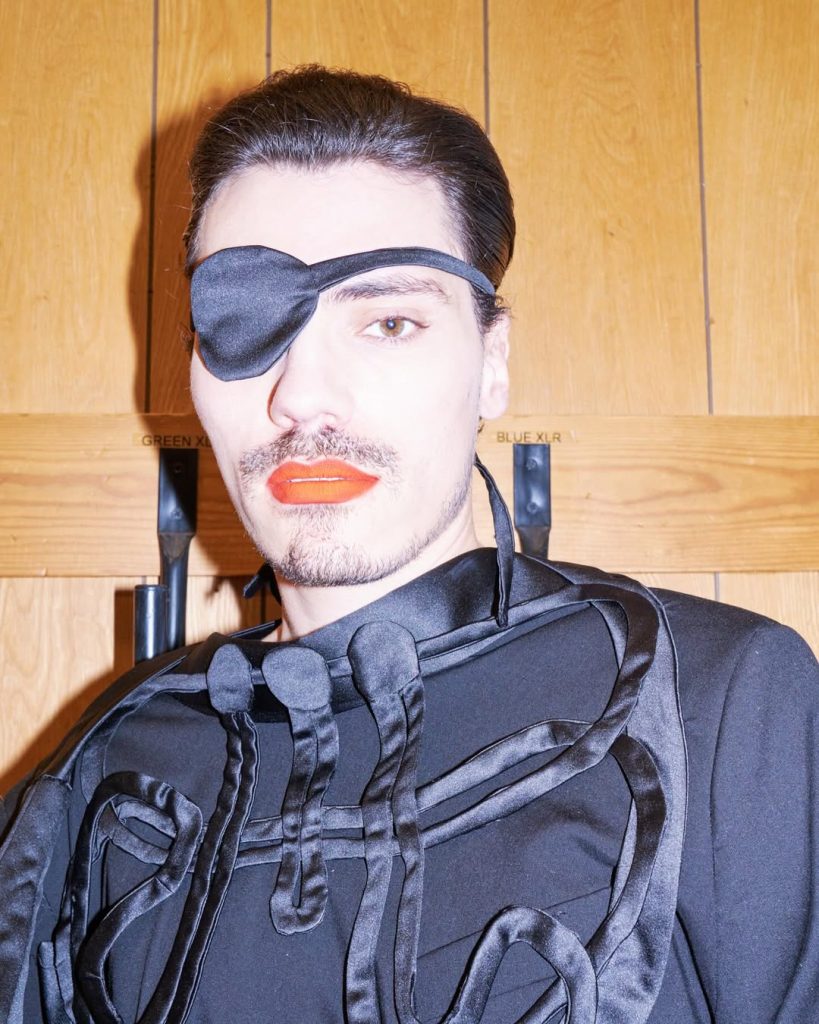
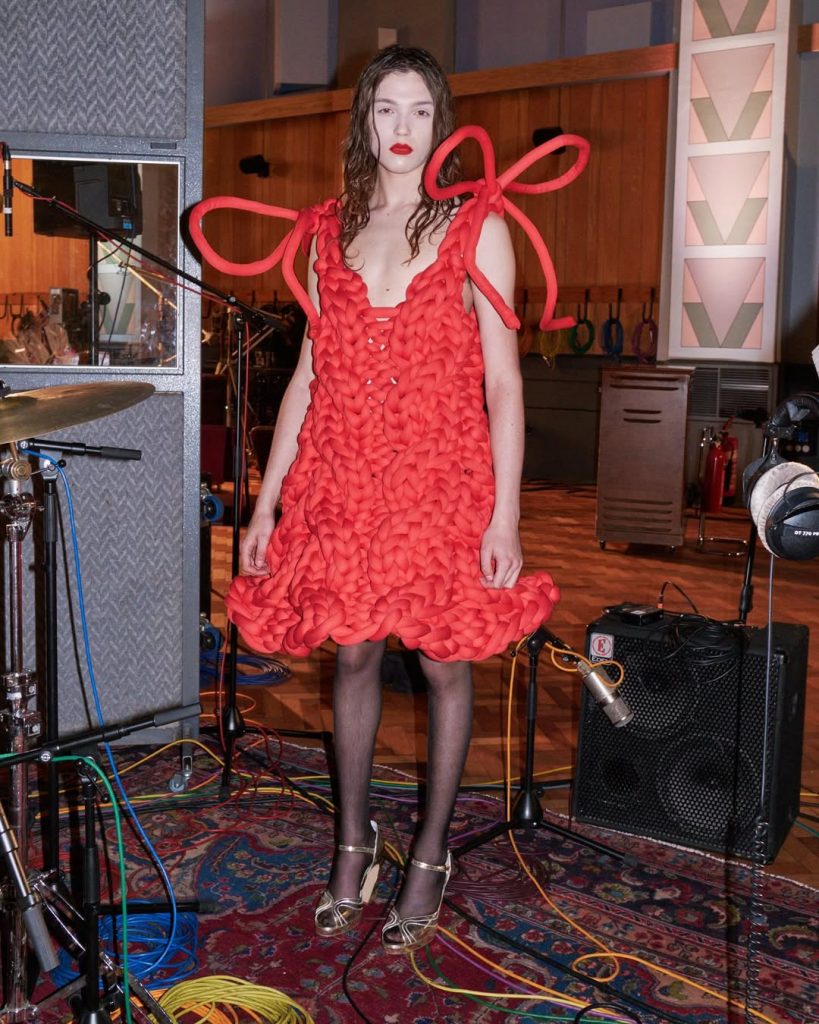
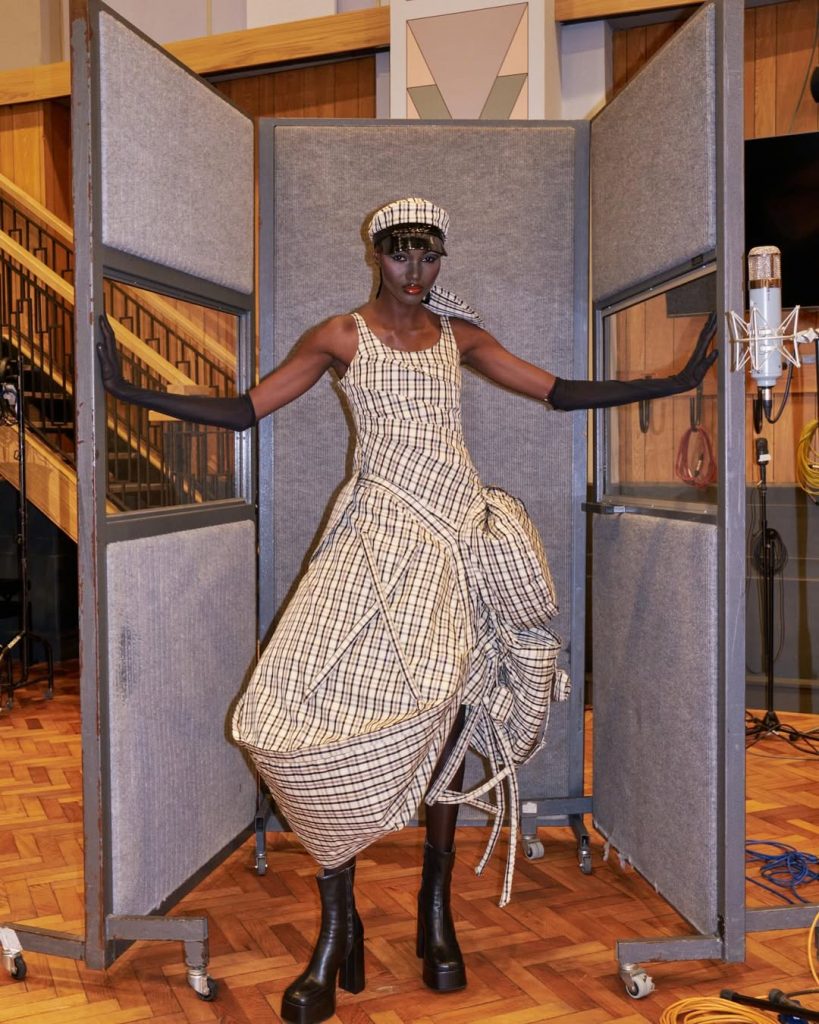
Maritime codes are playfully subverted with Loverboy’s signature exuberance: sailor hats, pirate eye patches, ropes transformed into sculptural dresses. Captain caps and stripes abound. A shirt is worn backwards or tied around the head like a bandana. All aboard for fashion rebellion.!
Tartan on the feet, body paint, all-over prints, delicate crochet, a nurse’s blouse taken out of context, and oversized bows placed here and there like visual punctuation marks. Together, they form a visual symphony that’s both free and purposeful. Much like the concept of a “Prepared Piano,” the result is unpredictable yet deeply orchestrated.
The New Fashion Vanguard of Central Saint Martins
In London, the Central Saint Martin’s MA graduate show remains a hotbed of radical experimentation, showcasing a generation of designers as socially aware as they are visionary. Among the most talked-about projects this season:
Catapulted into the spotlight through collaborations with Erykah Badu notably a striking “booty suit” worn at the Billboard Awards, paying homage to the Venus of Willendorf. Myah stands out for their unexpected exploration of volume and material. Silhouettes are transformed by a rich array of textures, altering both the visual impact and physical weight of the garments. A sculptural approach that opens a dialogue between body, memory, and symbolism.
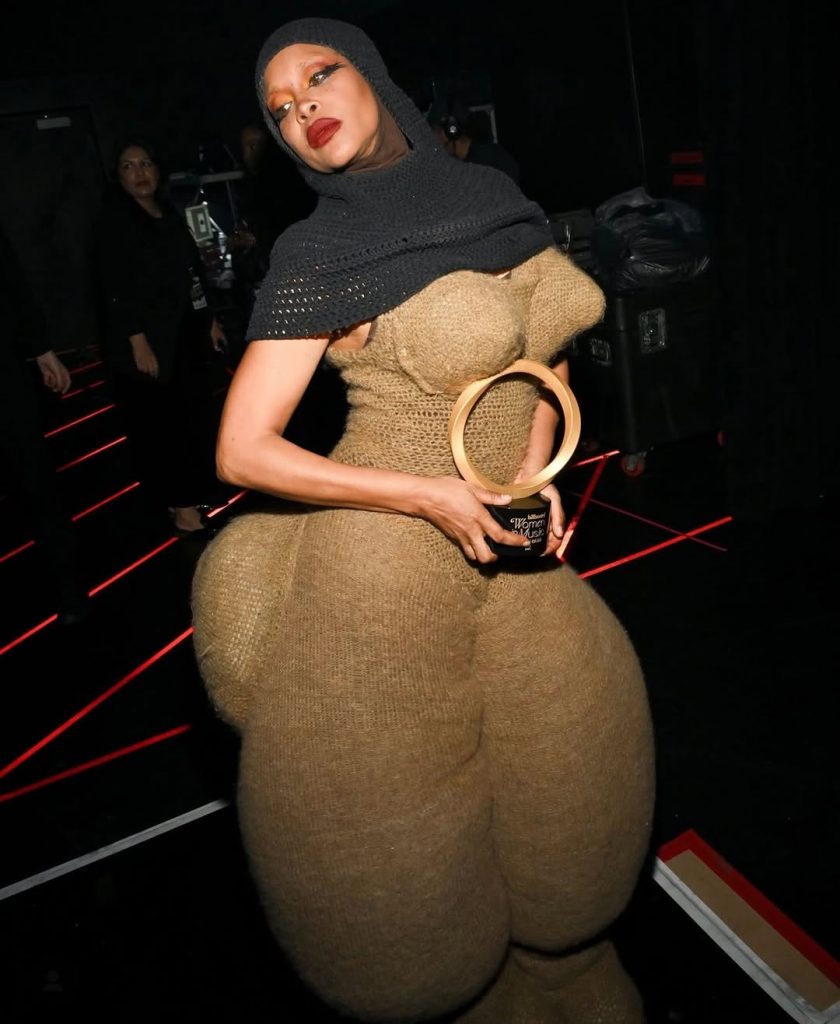
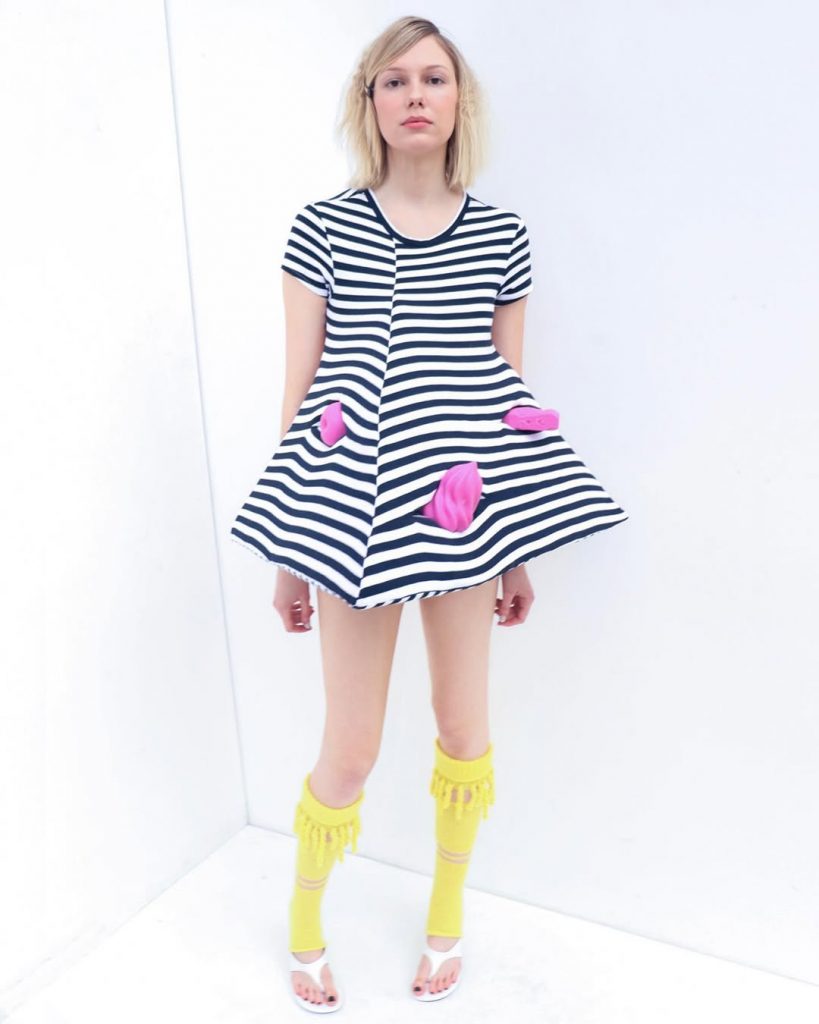
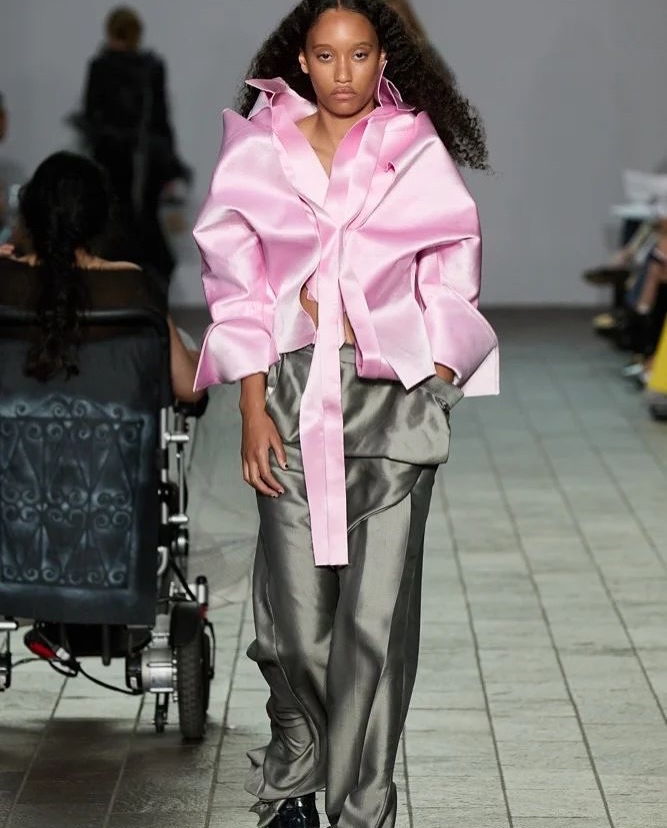
At Seenseo, clothing becomes an absurd playground. Objects are inserted into fabric slits, stuck on with tape, or hidden in pockets. A cheeky reflection on the relationship between function and form. The collection flirts with the playful spirit of Jonathan Anderson (Loewe), proving that humour, when done right, can be a winning formula.
Taking a more political stance, mariesssschulze reimagines the women’s suit through the lens of power. Inspired by time spent inside the German Parliament, the designer subverts the rigid dress codes imposed on women in institutional settings. The result: satin suits in pastel tones, deliberately exaggerated cuffs, and endlessly repeating, fold-over collars. An ironic elegance that challenges uniformity and redefines what a “professional” outfit can be.
London Fashion Week wasn’t supposed to happen. Officially put on hold, it nonetheless came to life, differently. Off the schedule, outside the frame, yet driven by a collective energy that was bold, inventive, and unapologetic. Established designers and emerging voices alike proved that the absence of structure can be a fertile ground for creativity.
Article by Julie Boone.


